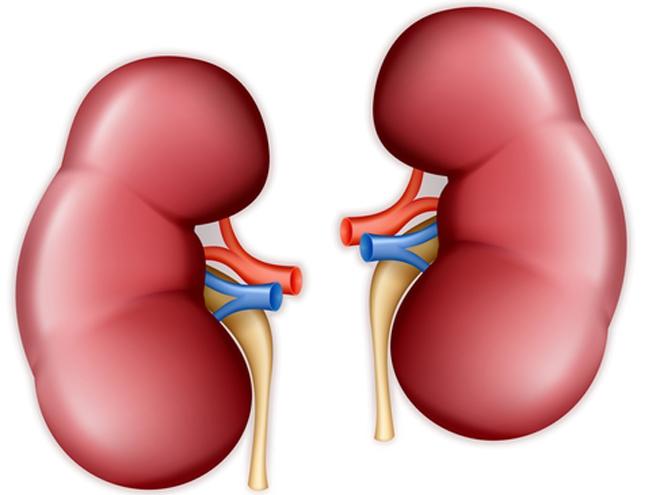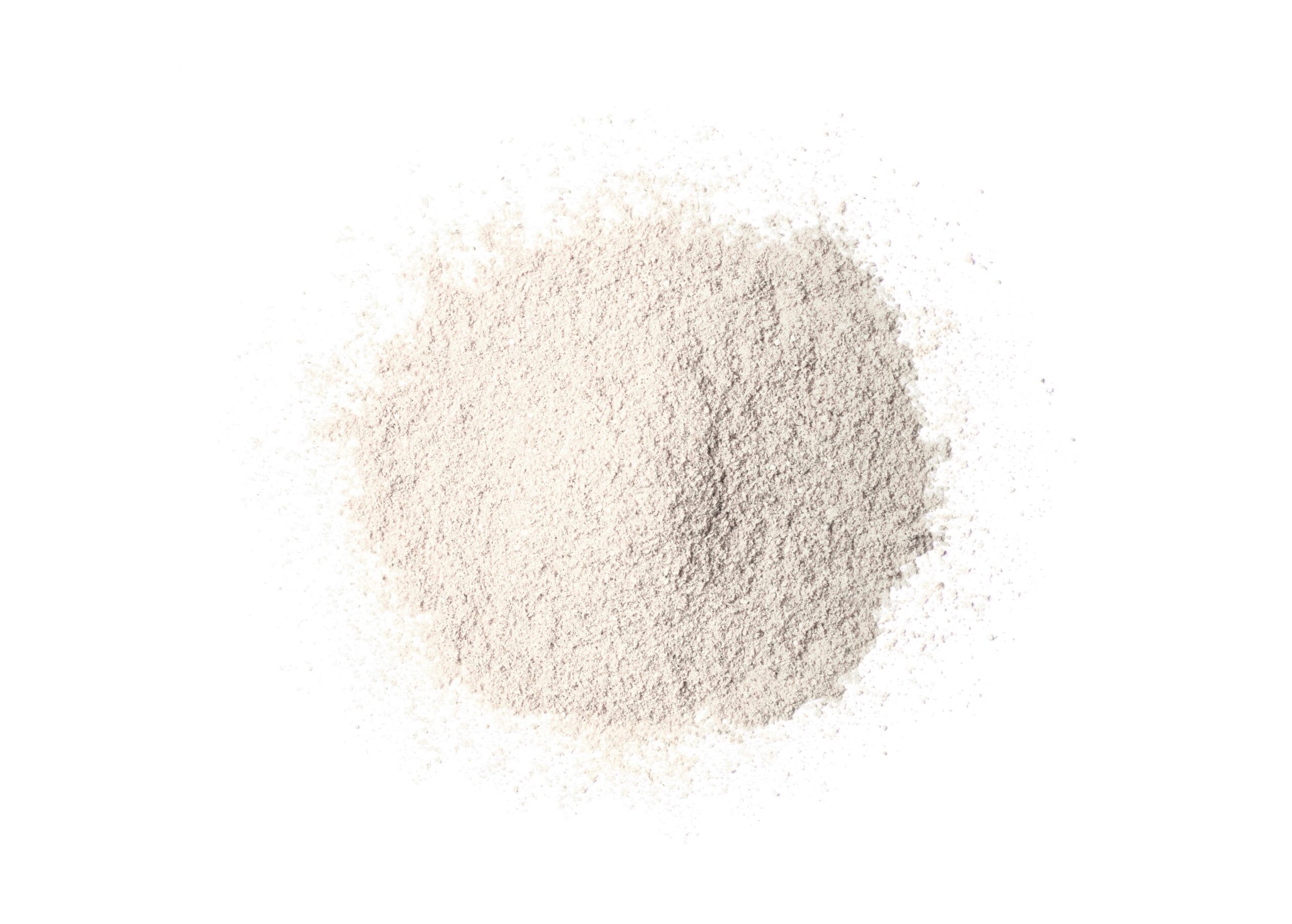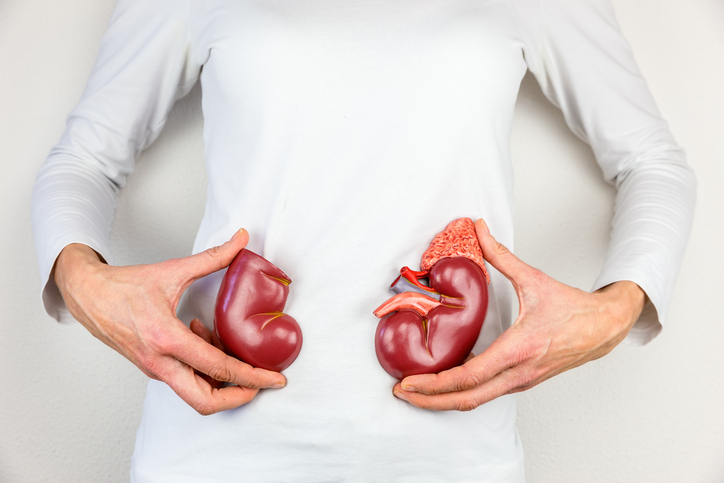
The increased risk of cardiac arrhythmias faced by patients with end-stage renal disease (ESRD) on maintenance hemodialysis is augmented by periodic hyperkalemia exposures. The risk of sudden cardiac death may be increased with the use of dialysate with a low concentration of potassium. Patients on hemodialysis have a high pill burden, and it is unclear whether the frequency of episodic hyperkalemia would be reduced with prescription of an additional oral medication.
John Paul Middleton and colleagues at Duke University, Durham, North Carolina, conducted a prospective, randomized, open-label trial to determine whether daily administration of patiromer would be effective in reducing episodes of hyperkalemia in patients with ESRD who receive hemodialysis. The study also sought to examine whether administration of patiromer would reduce the number of significant arrhythmia events.
Results of the study were reported during a poster session at the American Society of Nephrology Kidney Week 2023. The poster was titled Patiromer Efficacy to Reduce Episodic Hyperkalemia in ESRD Patients: The PEARL-HD Study.
Health records were used to identify eligible patients who were receiving hemodialysis three times weekly. Thirty-three patients were randomized 1:1 to patiromer or usual care (control group). Those in the patiromer group were administered the medication daily with breakfast or lunch in place of their prescribed phosphate binder. The dose was titrated based on prehemodialysis serum potassium concentrations at the start of weeks 1, 2, and 3.
At baseline, all participants received a 7-day continuous cardiac monitor (CCM) and at week 4. The median number of hyperkalemic episodes across groups was compared using a Mann-Whitney test. The probability of at least one hyperkalemia episode was compared using Fisher’s exact test.
Of the 33 patients randomized, one withdrew due to adverse symptoms and one due to pregnancy. Mean age of the cohort was 57 years, 50% were male, 79% were Black, 11% were Hispanic/Latino, and mean hemodialysis vintage was 6 years.
Median hyperkalemic episodes were significantly lower in the patiromer group compared with the control group (0 vs 3; P=.002). Participants in the patiromer group were significantly less likely to have at least one episode of hyperkalemia compared with those in the control group (21% vs 71%; P=.021).
On week 4 CCMs, among the overall cohort, five participants had >1000/24 hour premature ventricular contractions, four had ventricular tachycardia events, three had article fibrillation, and none had bradycardia events. There were no differences between the two groups.
“Patiromer administered orally once a day effectively reduced frequency of hyperkalemia in ESRD patients who receive thrice-weekly hemodialysis,” the authors said. “Larger studies are needed to determine whether patiromer reduces significant cardiac events.”
Source: Middleton JP, Sun S, Davenport CA, Daubert JP. Patiromer efficacy to reduce episodic hyperkalemia in ESRD patients: the PEARL-HD study. TH-PO296. Abstract of a poster presented at the American Society of Nephrology Kidney Week 2023; November 2, 2023; Philadelphia, Pennsylvania. Funding was provided by Vifor Pharma.







 © 2025 Mashup Media, LLC, a Formedics Property. All Rights Reserved.
© 2025 Mashup Media, LLC, a Formedics Property. All Rights Reserved.